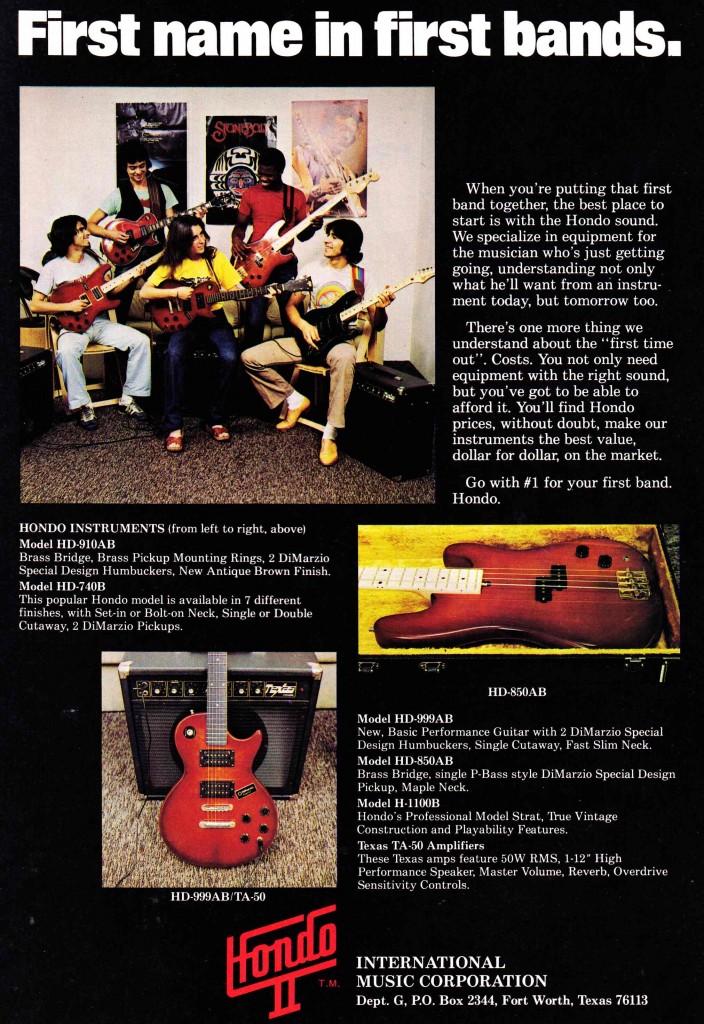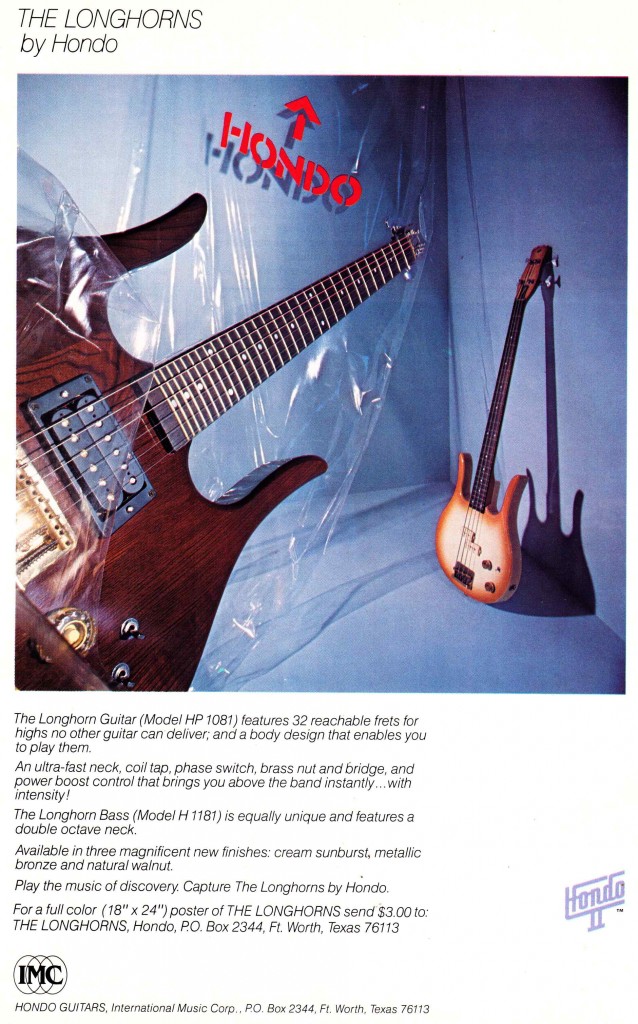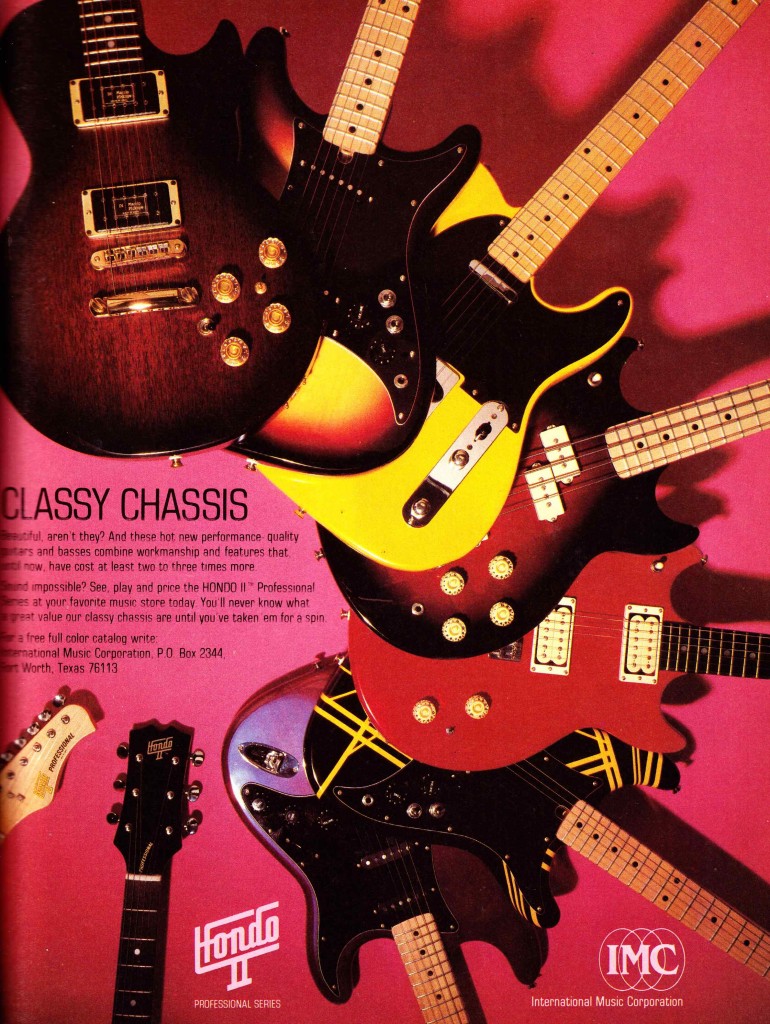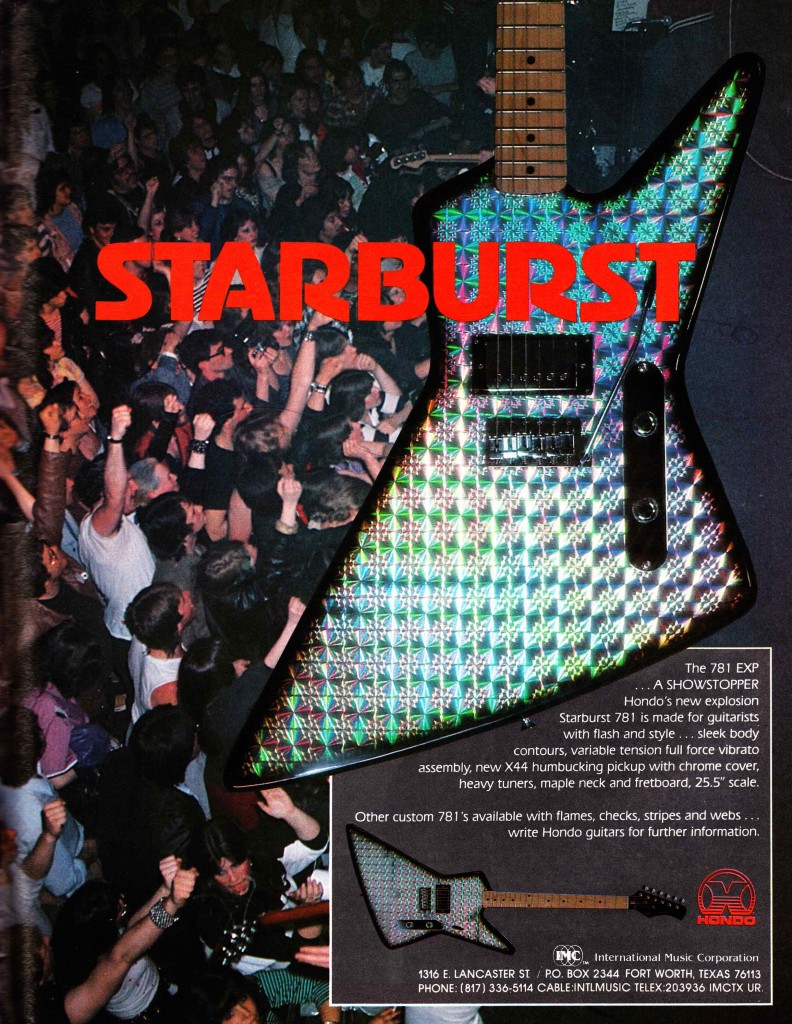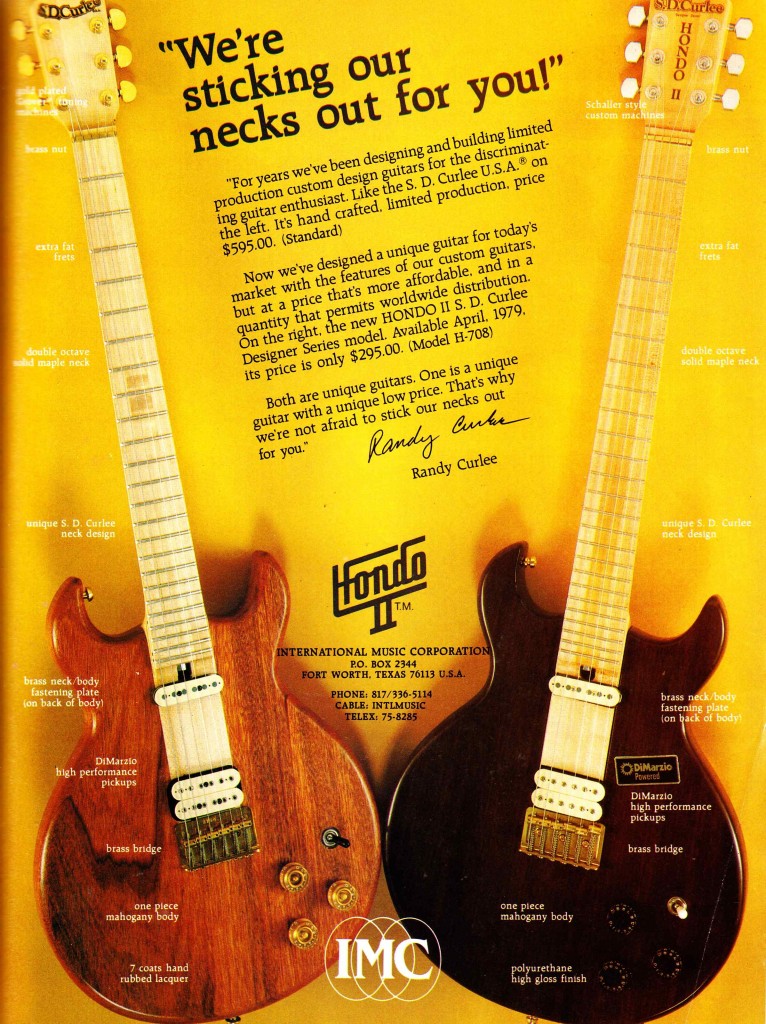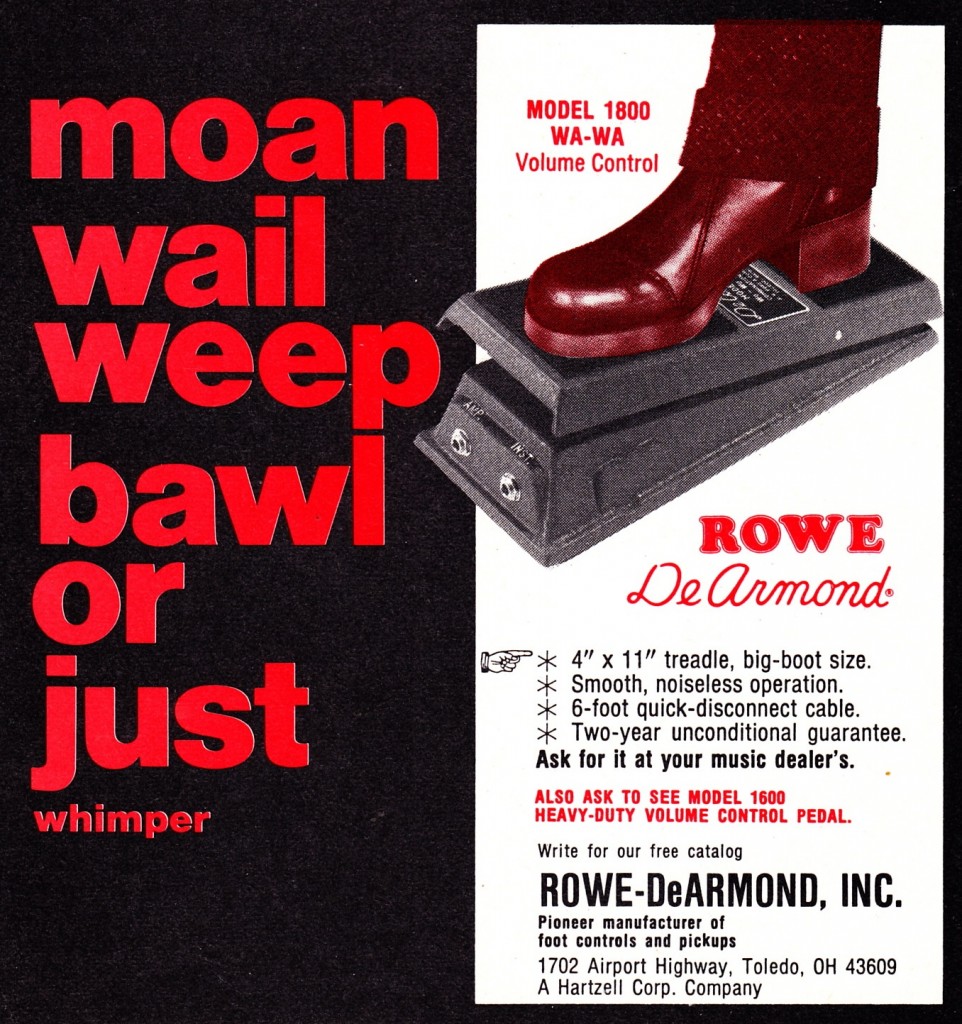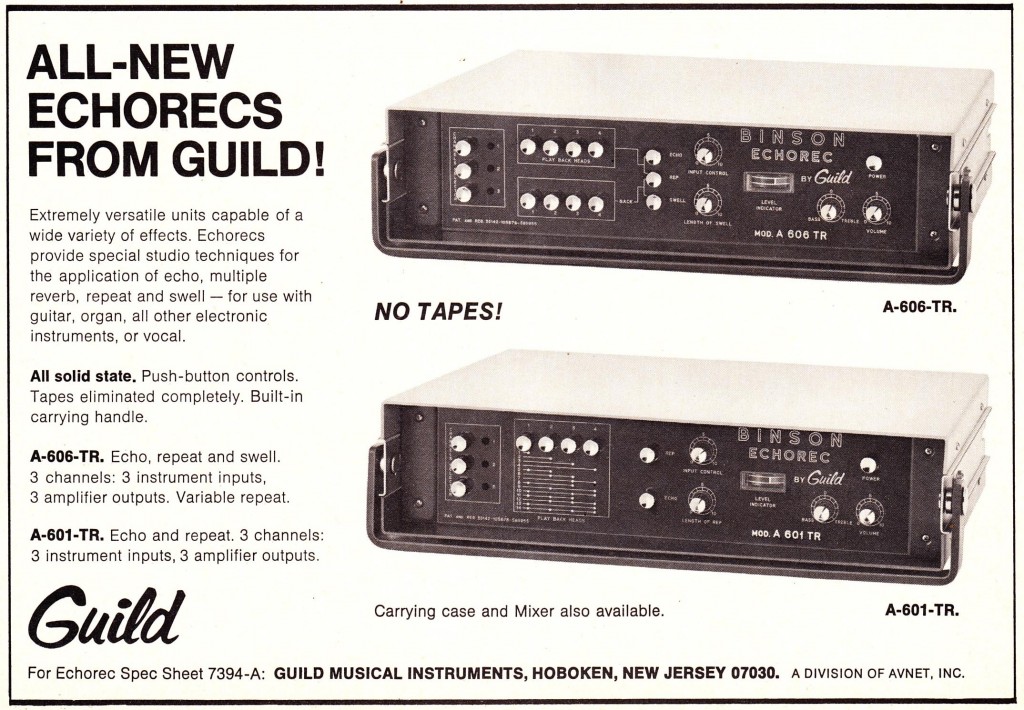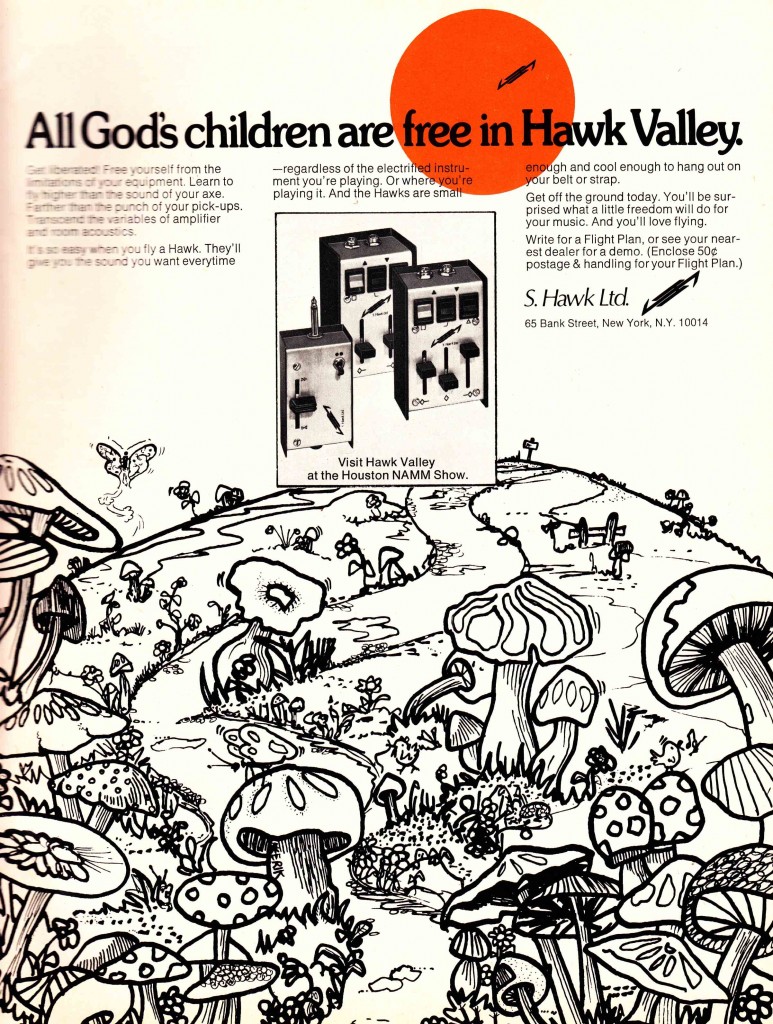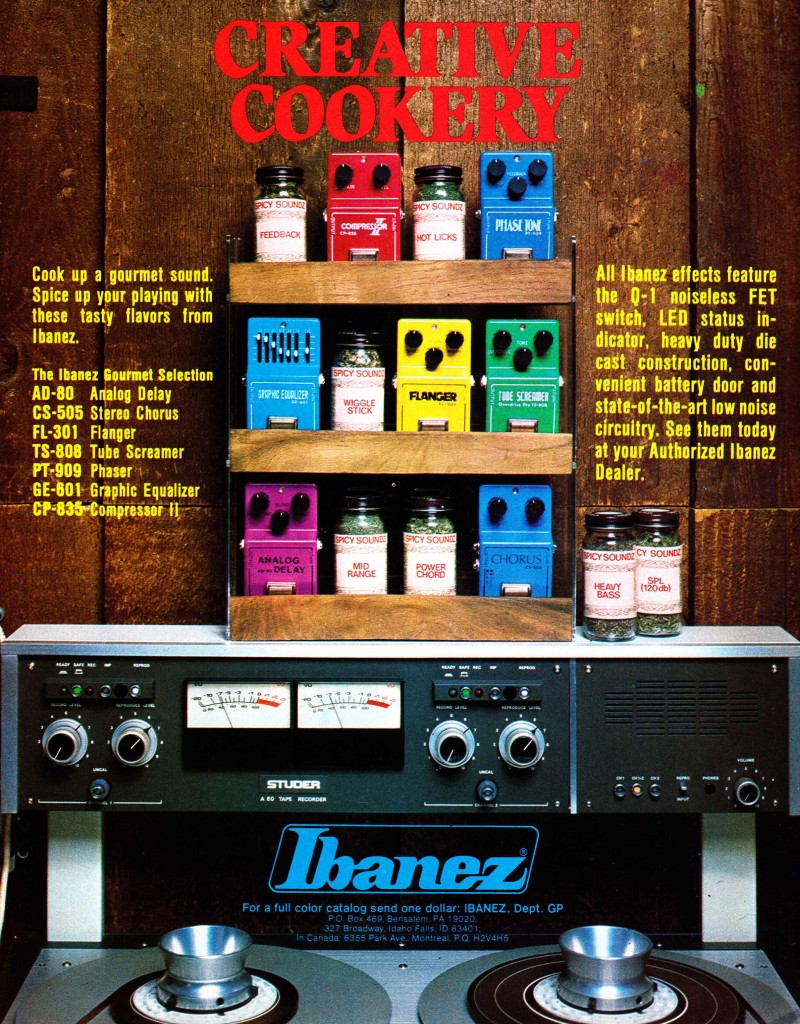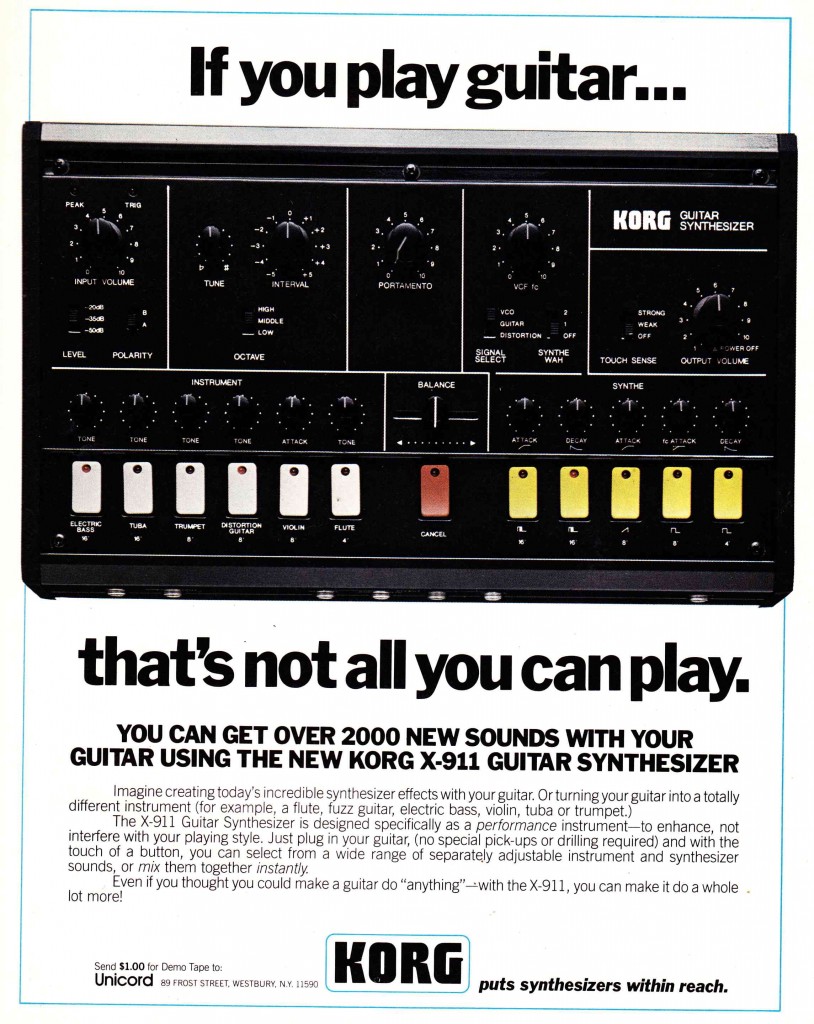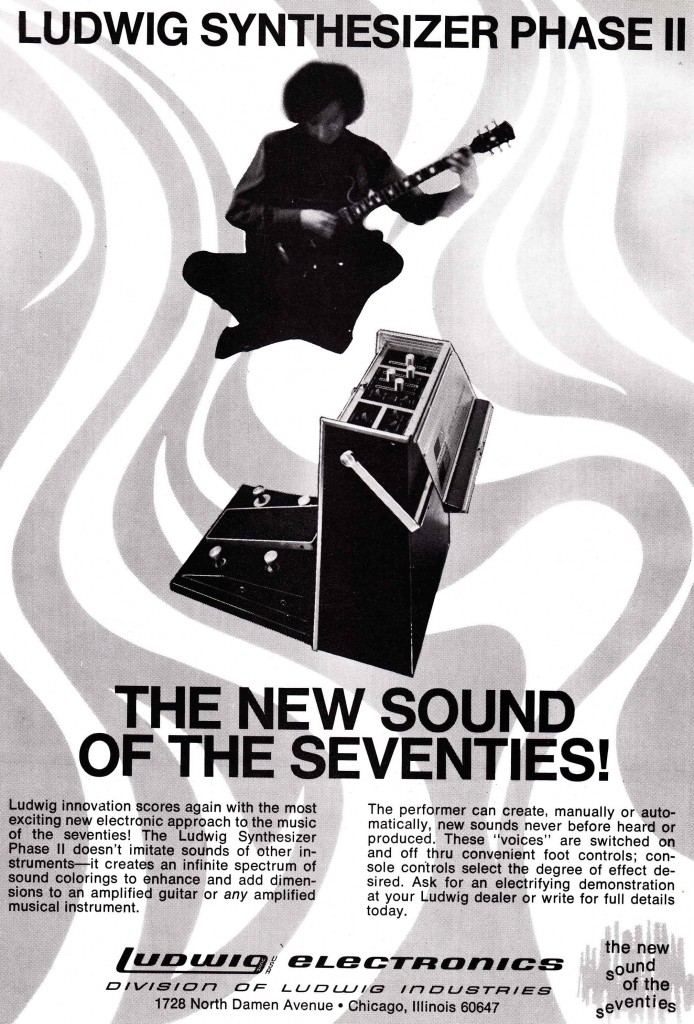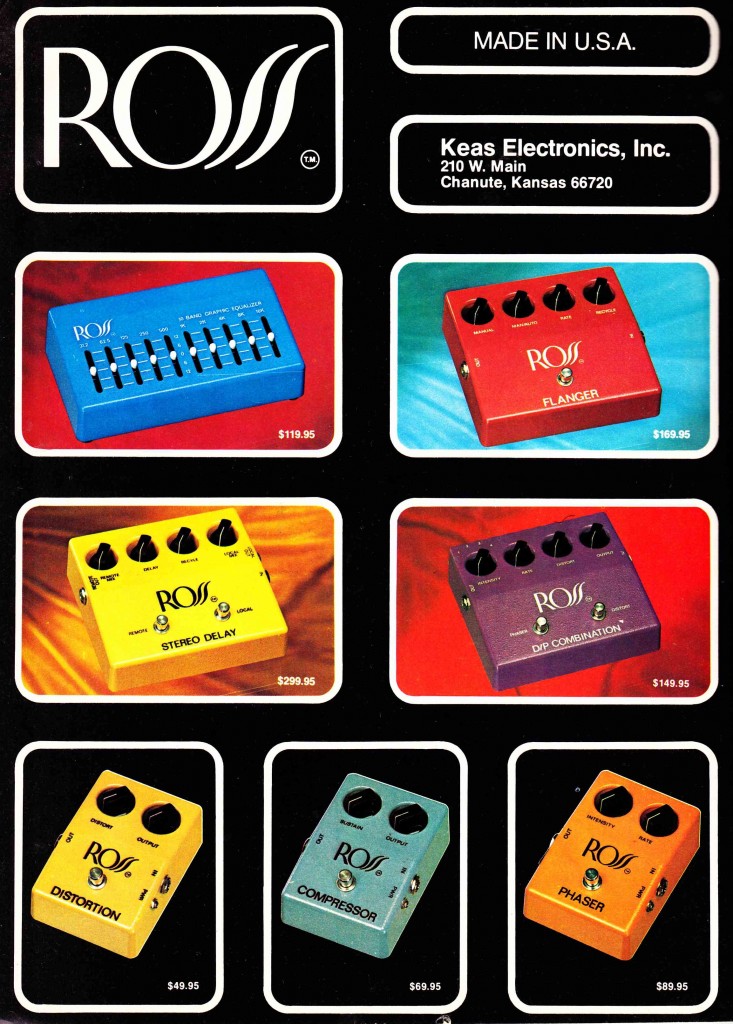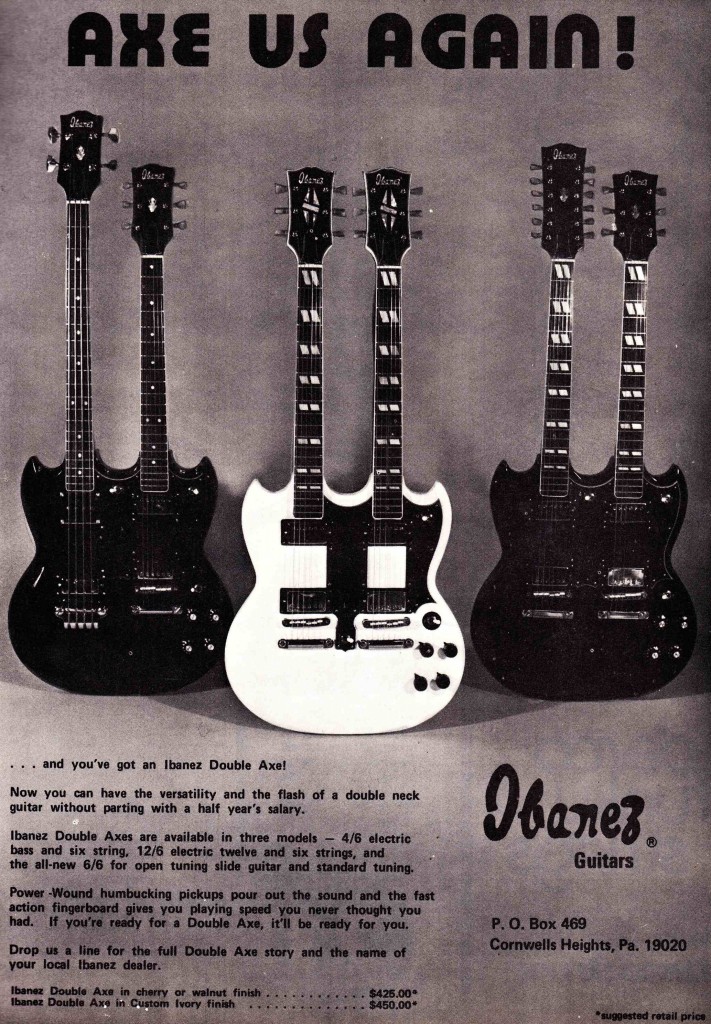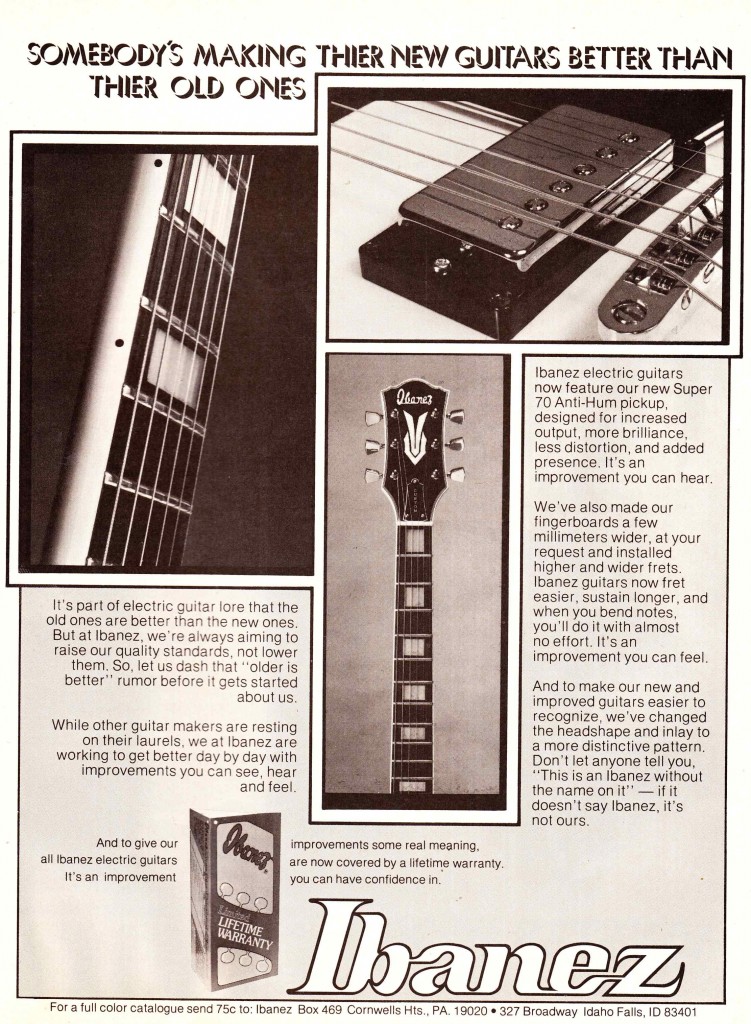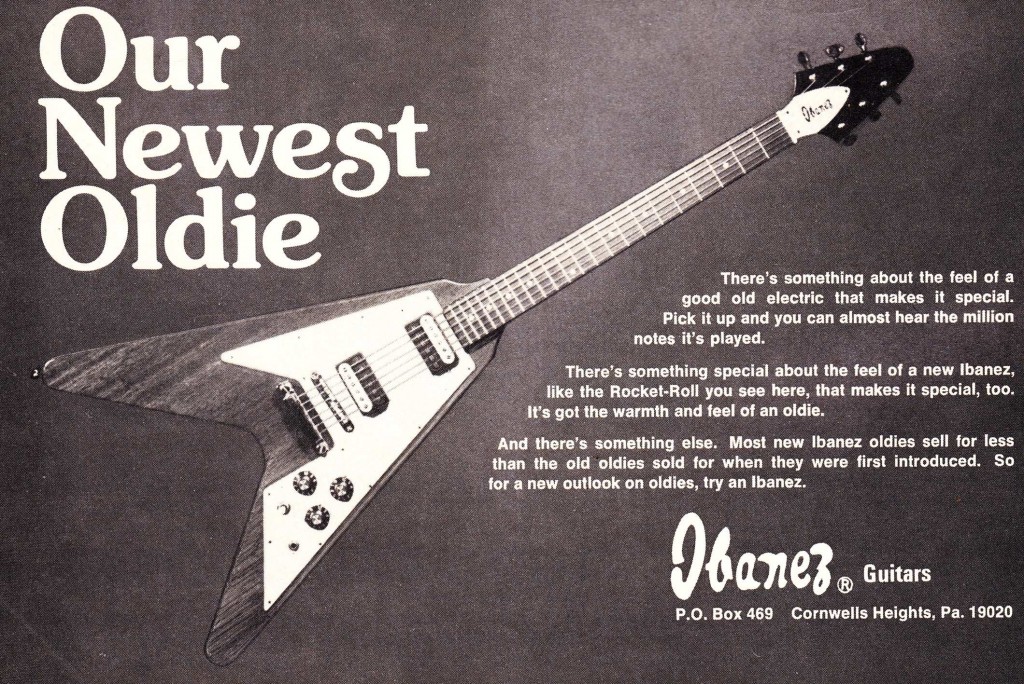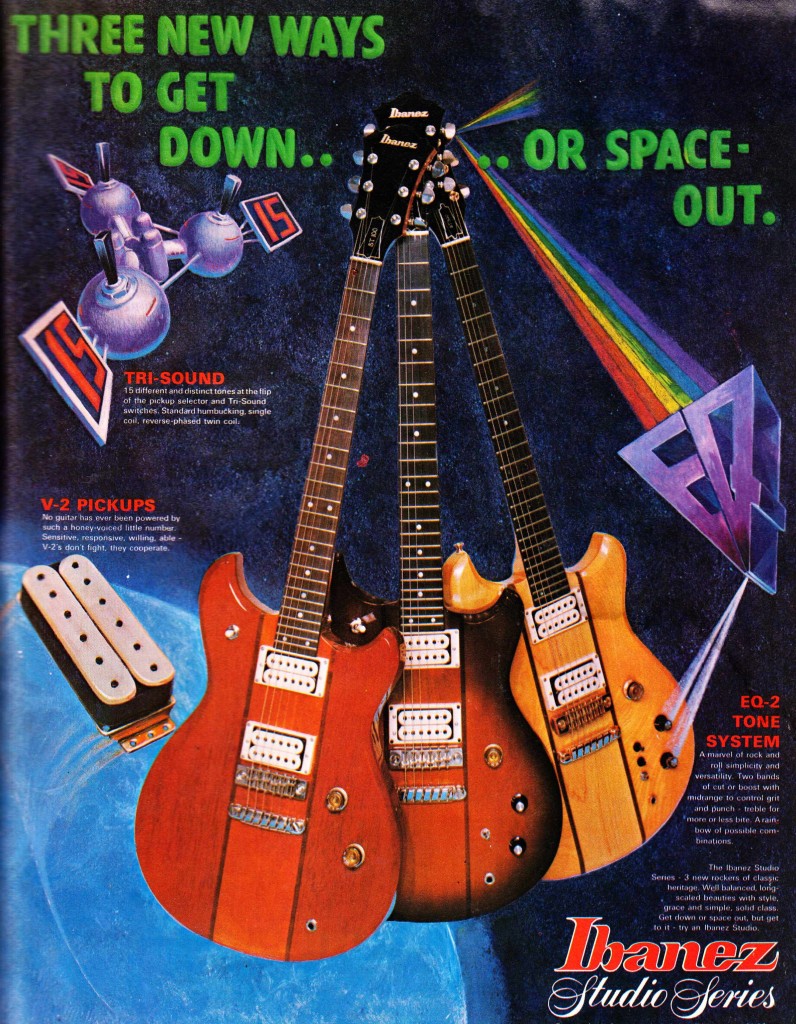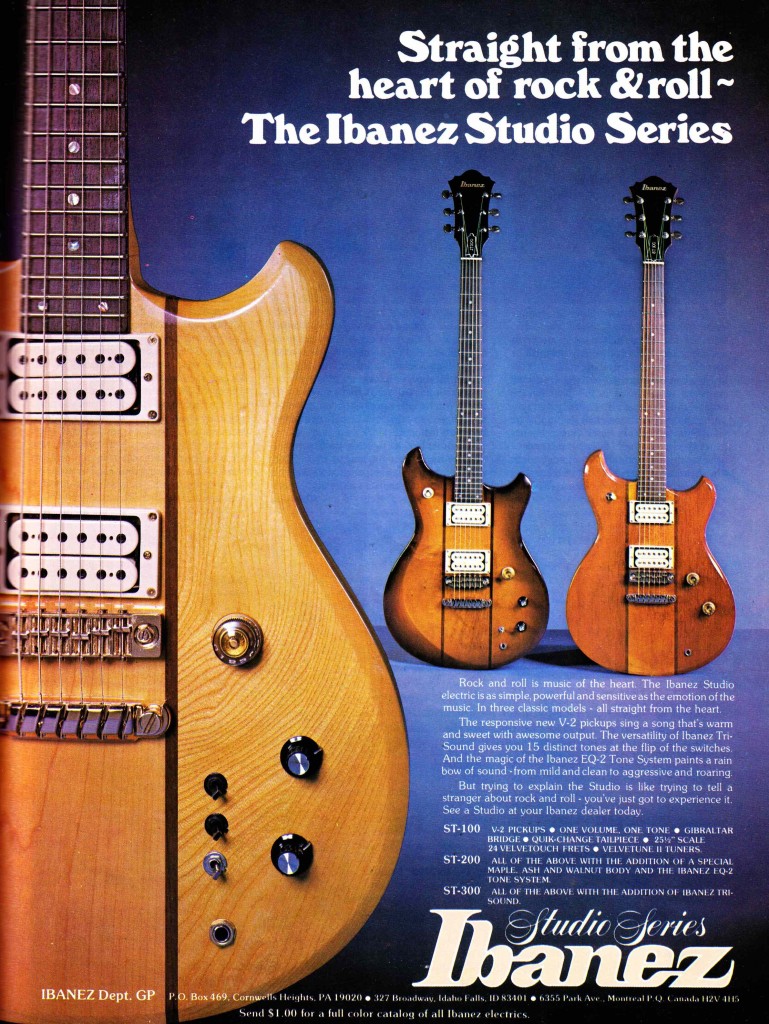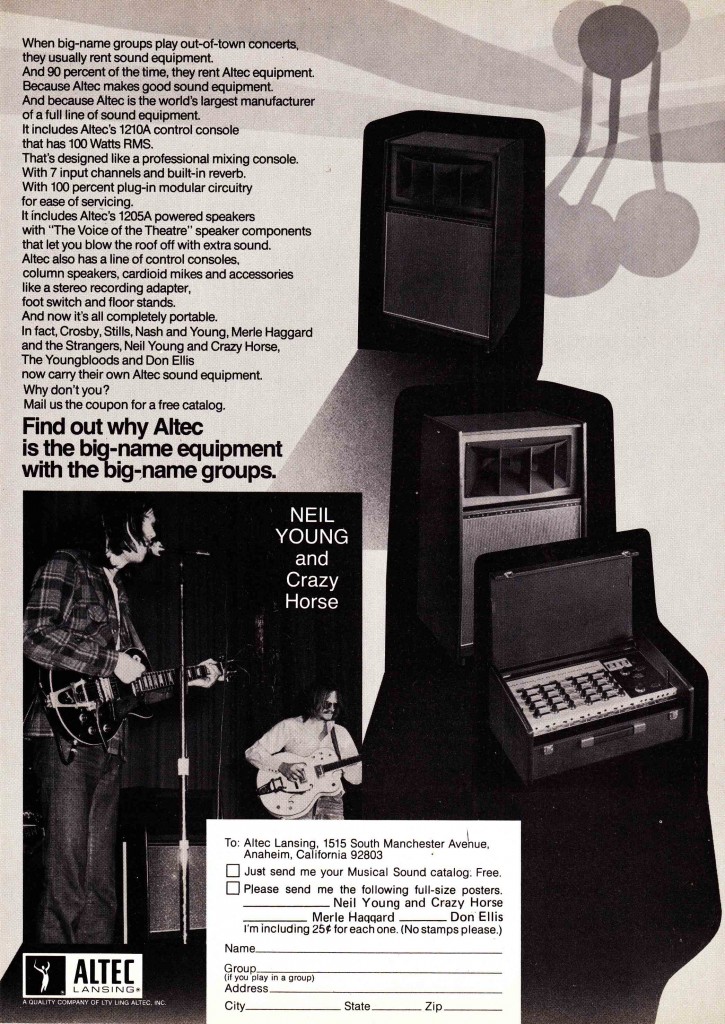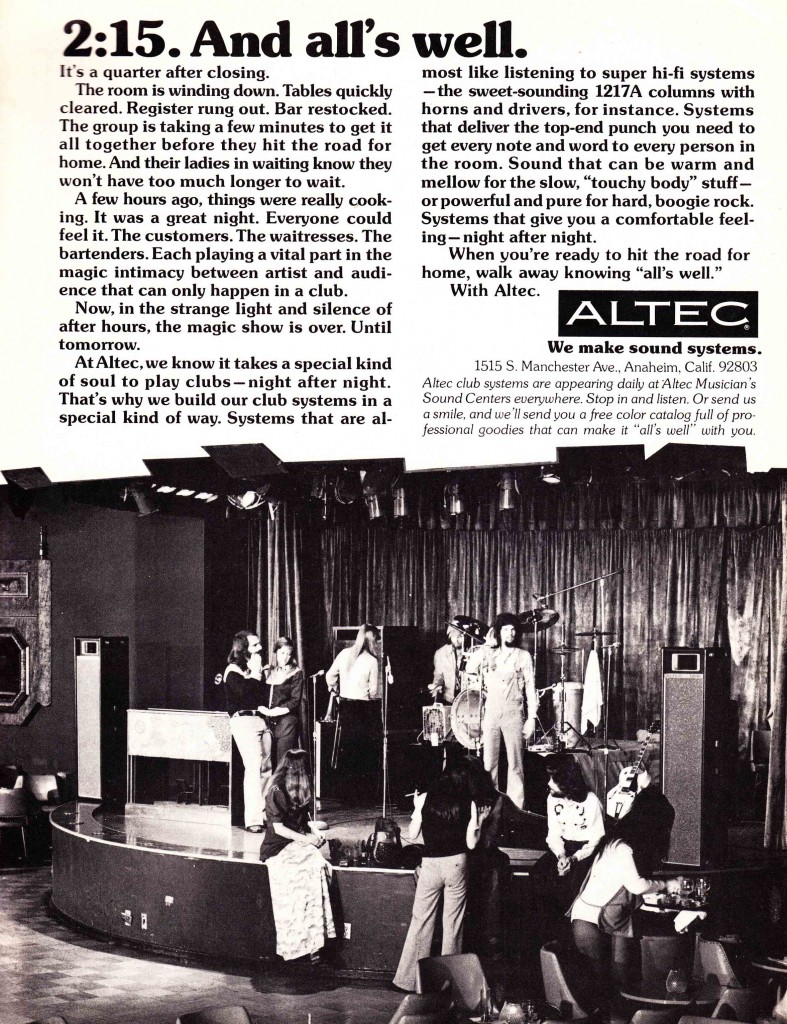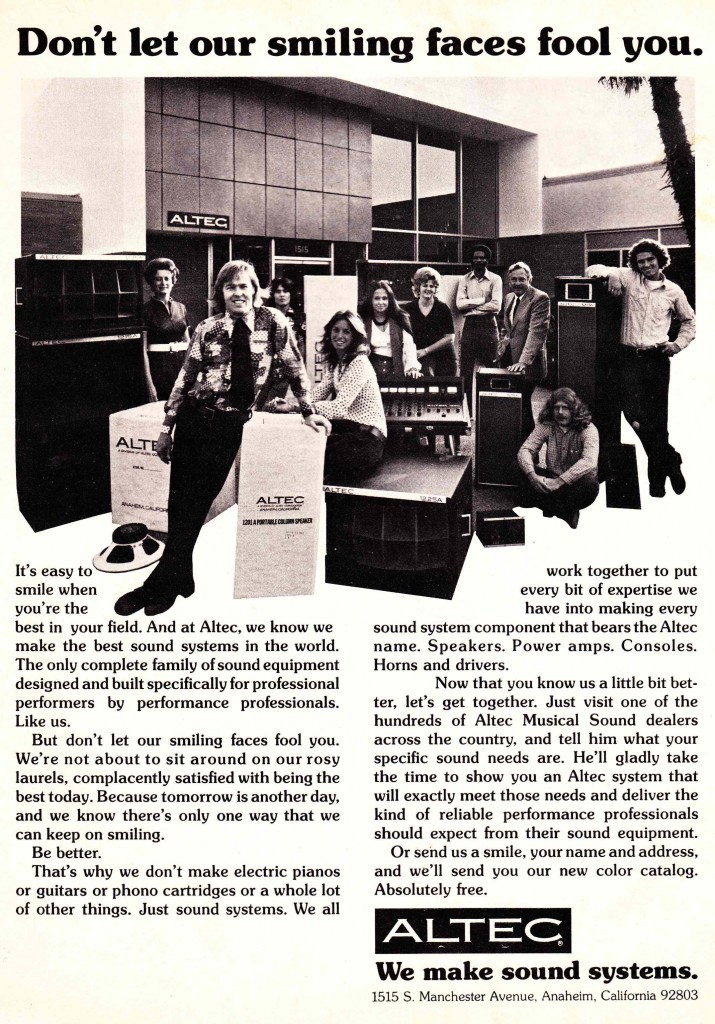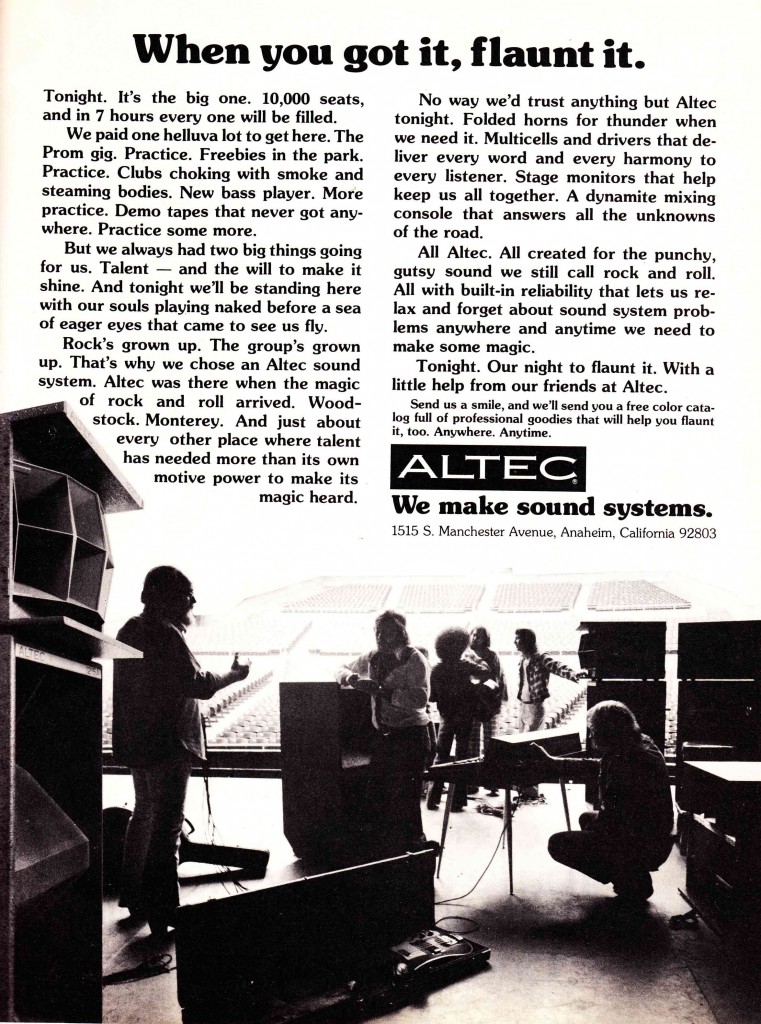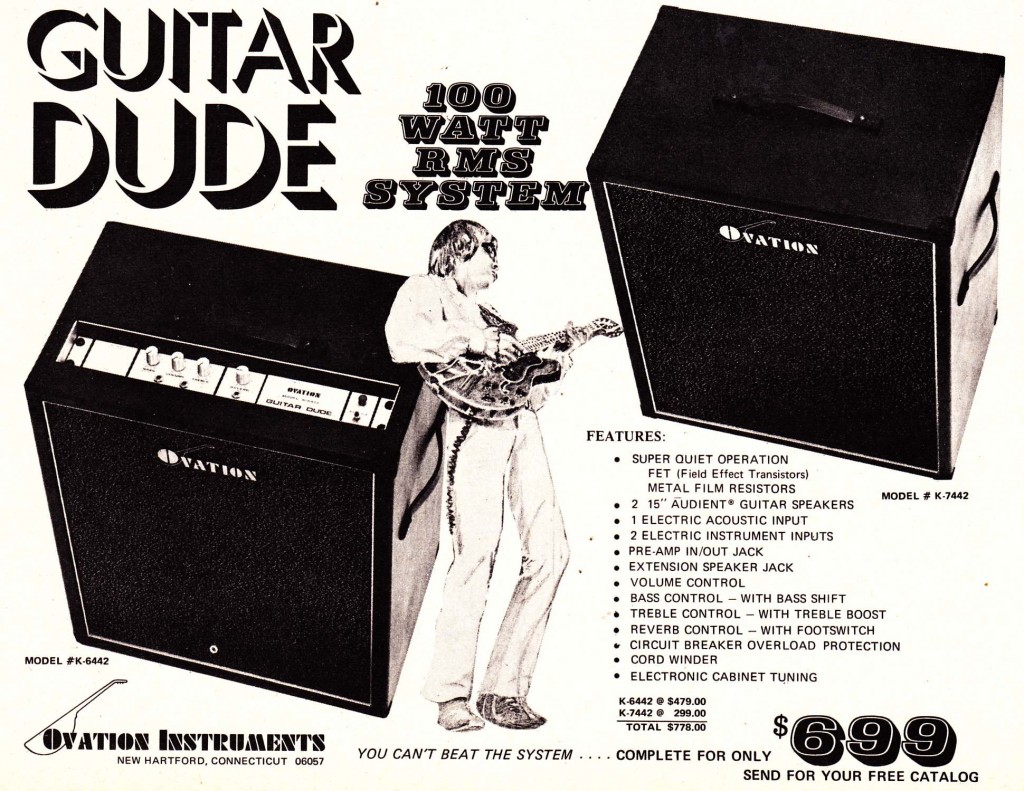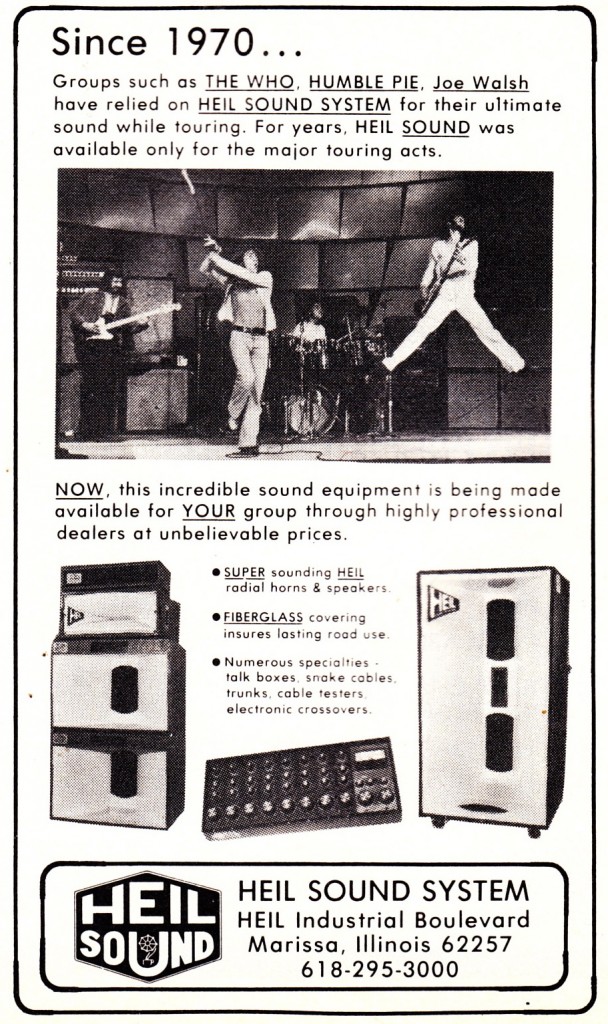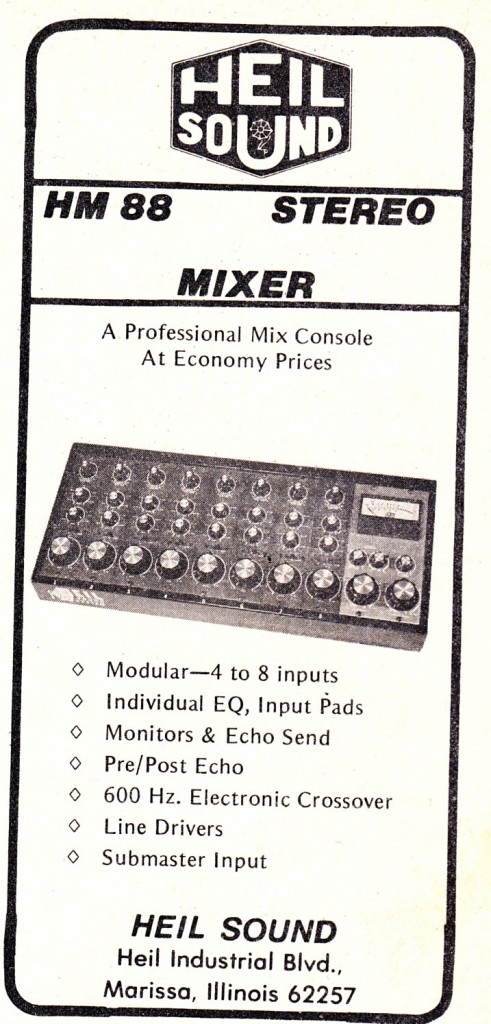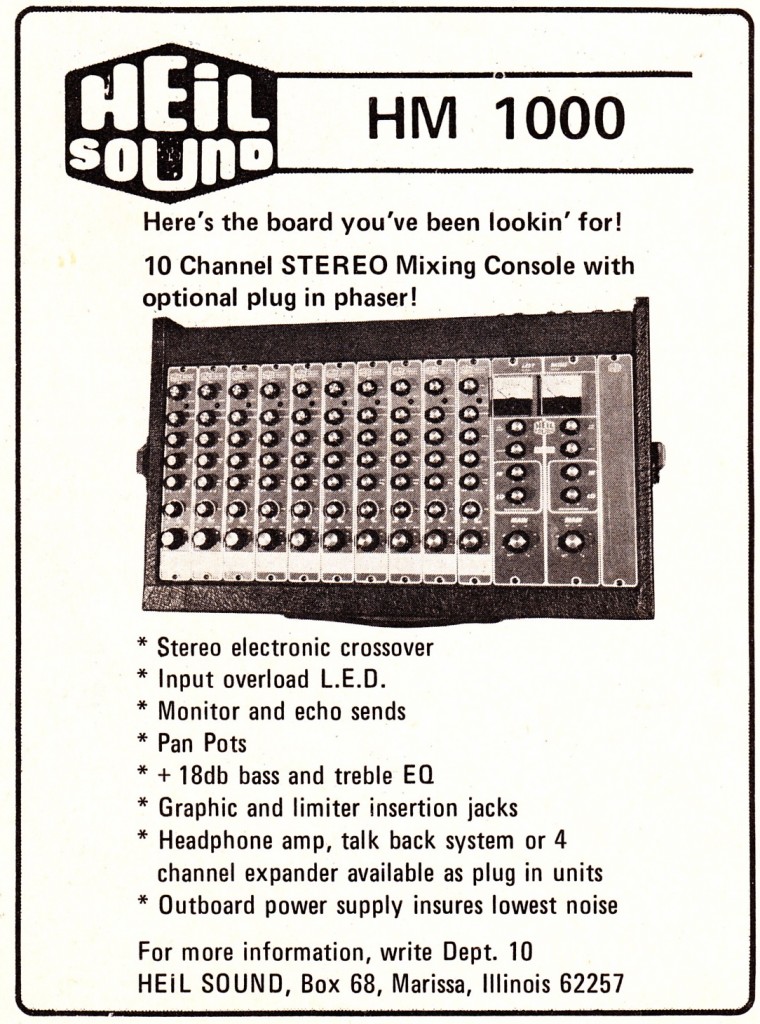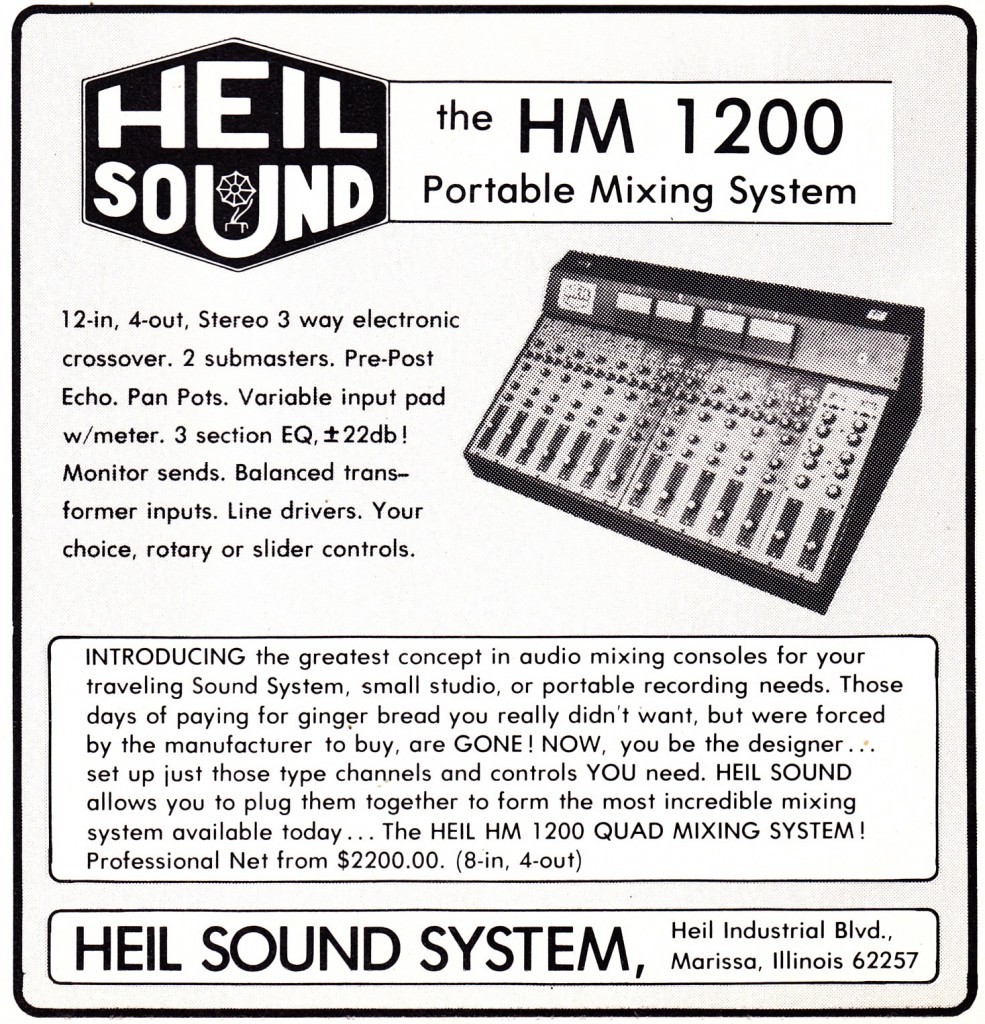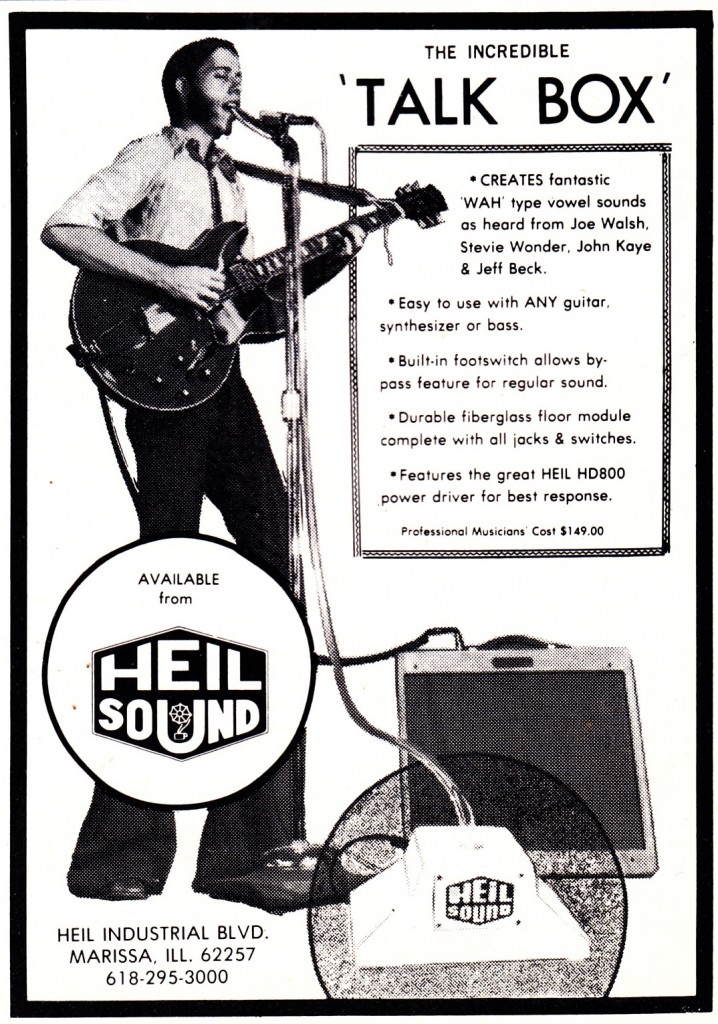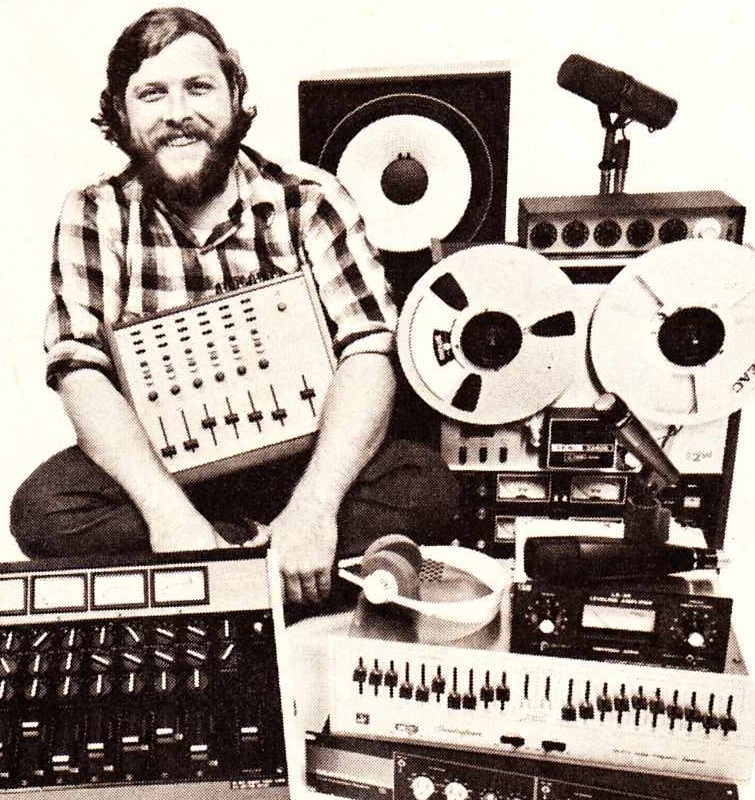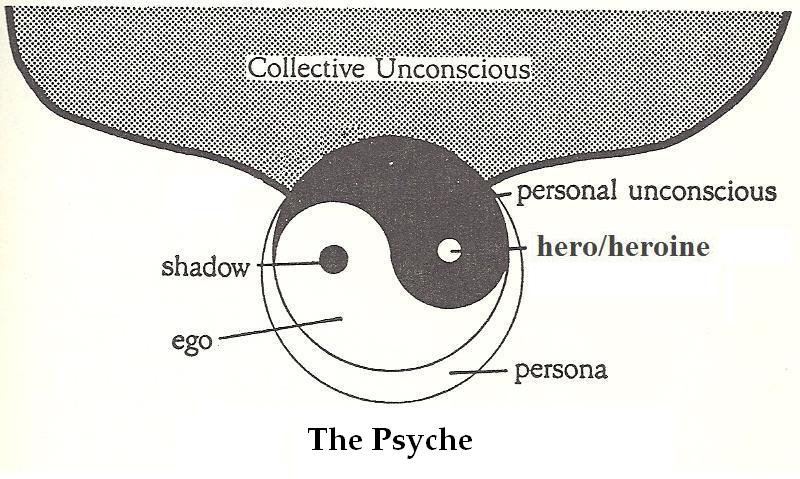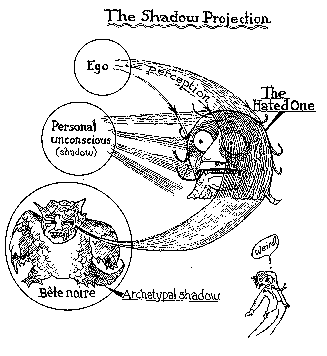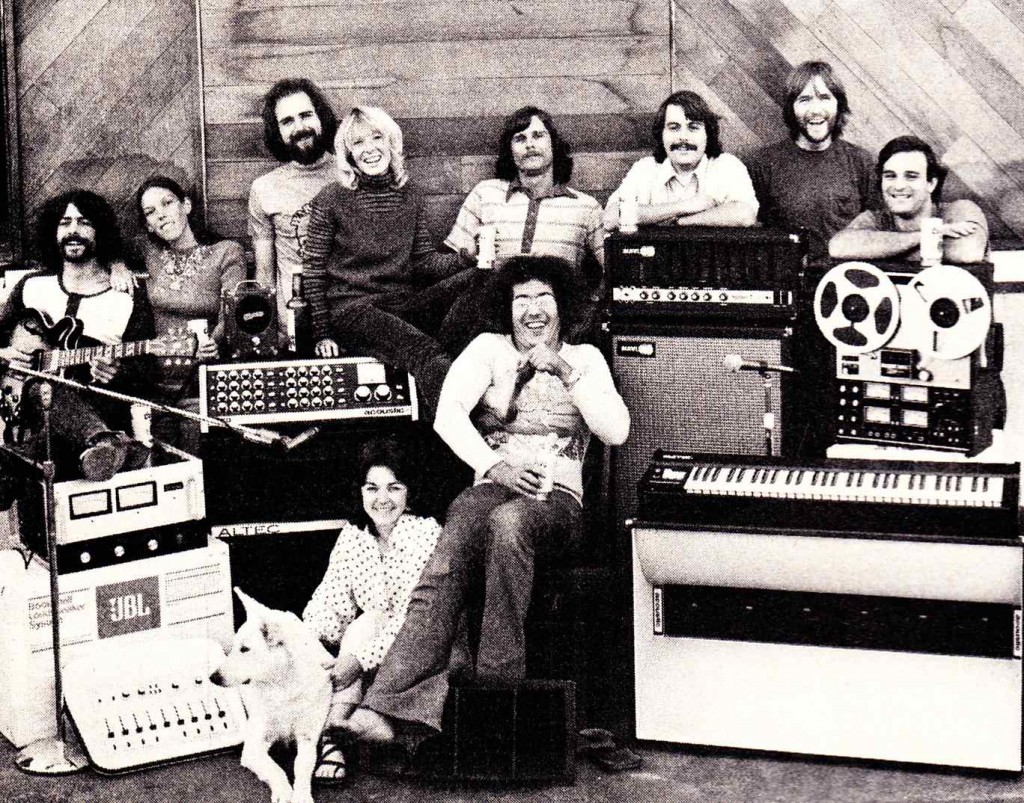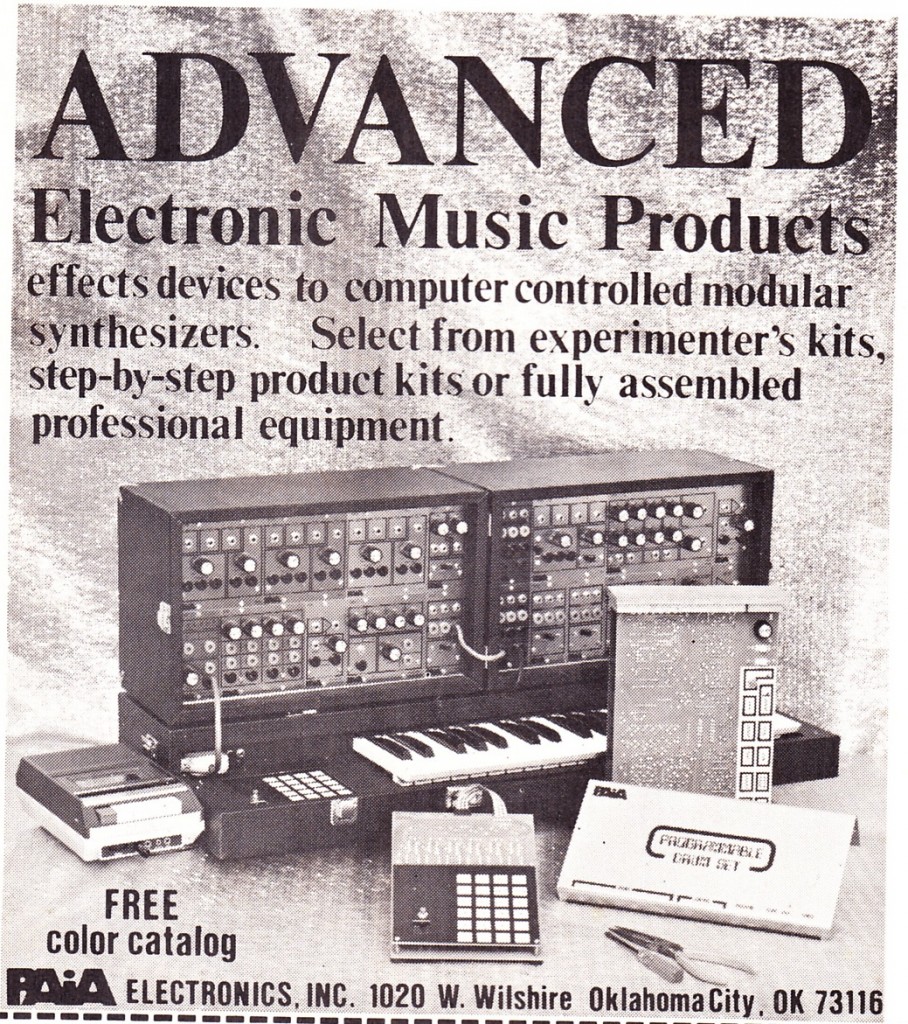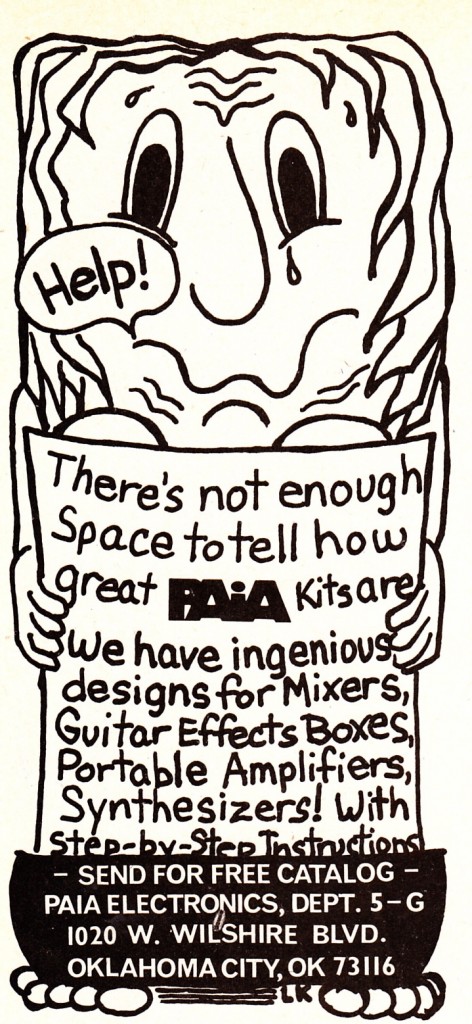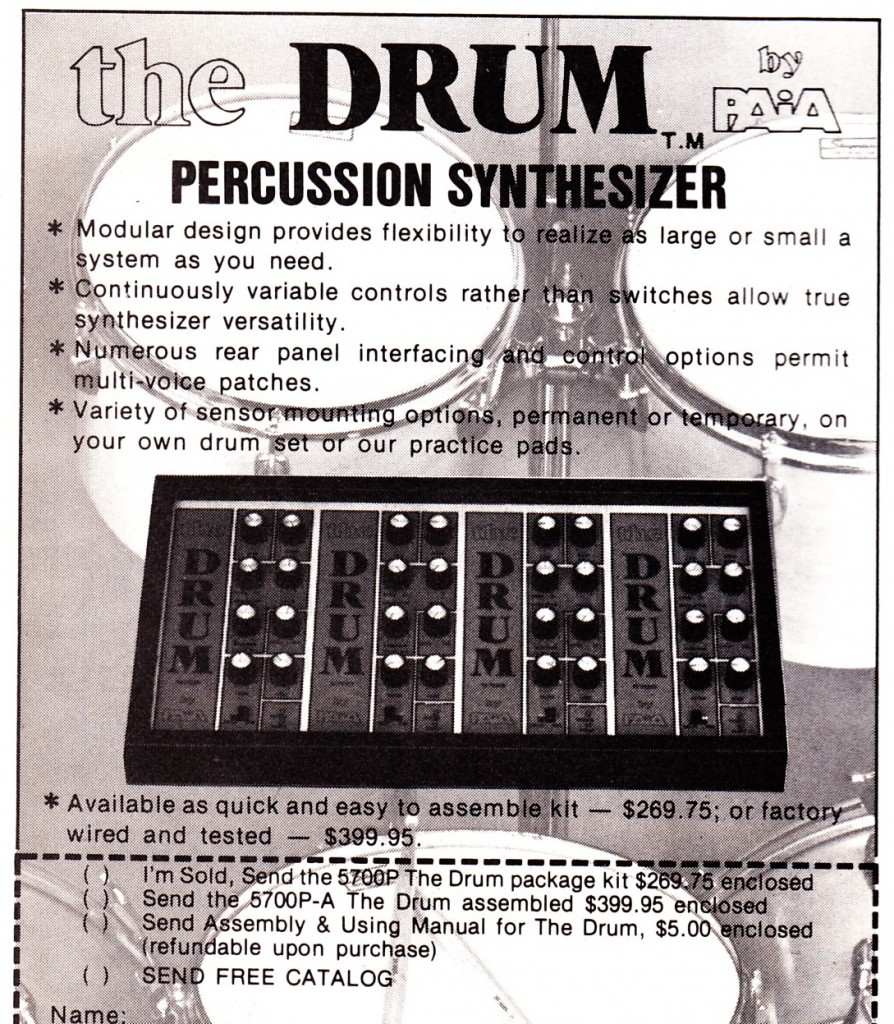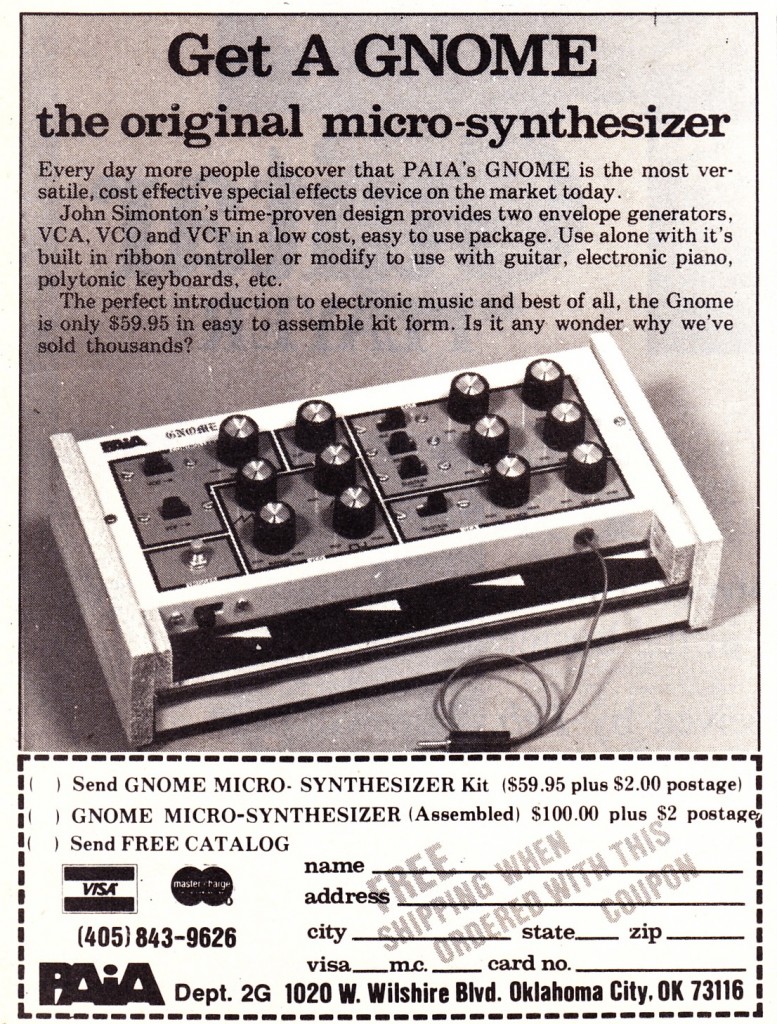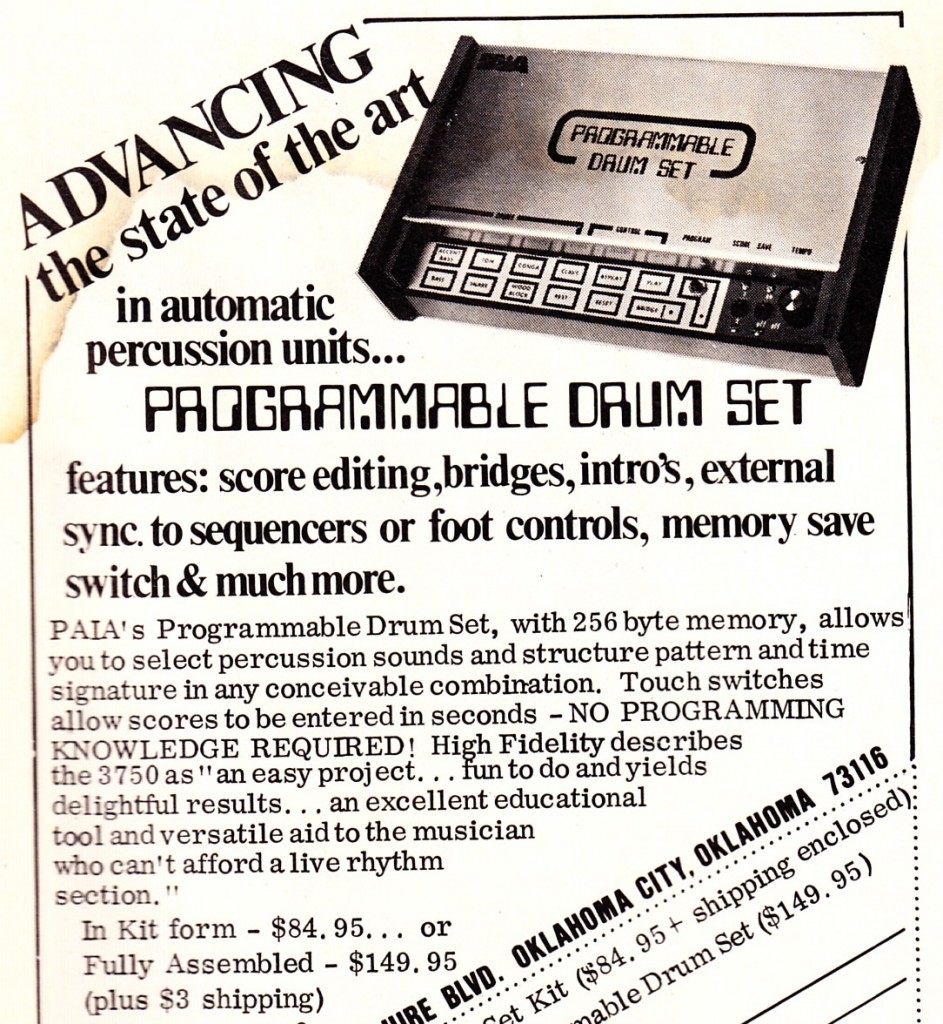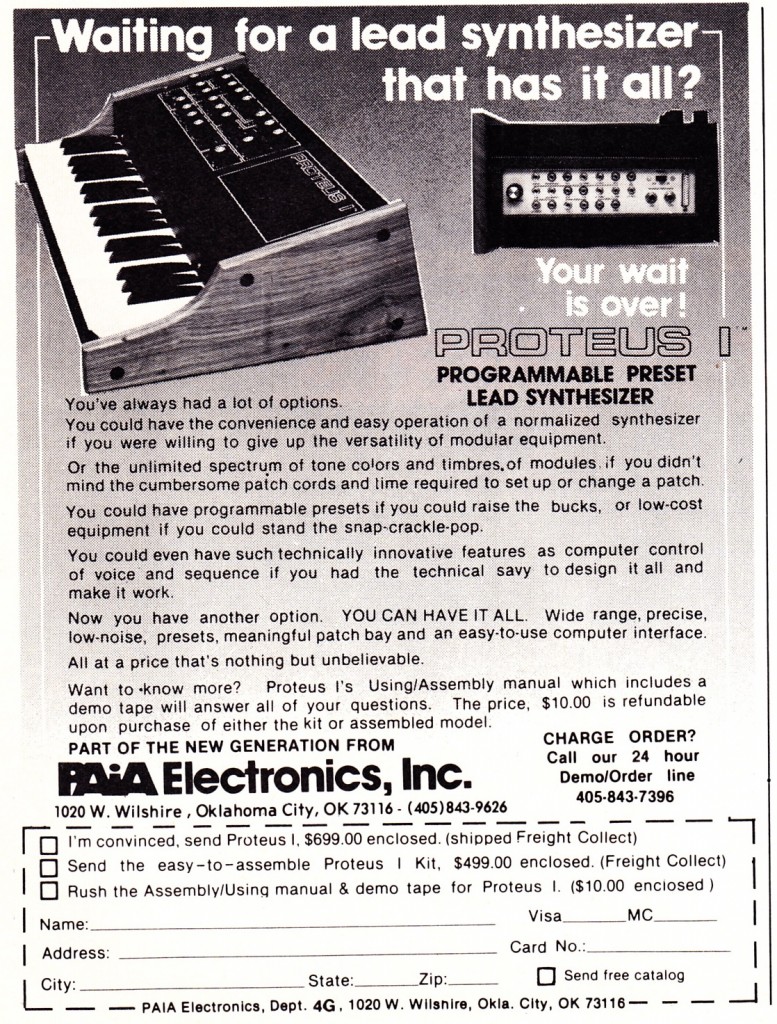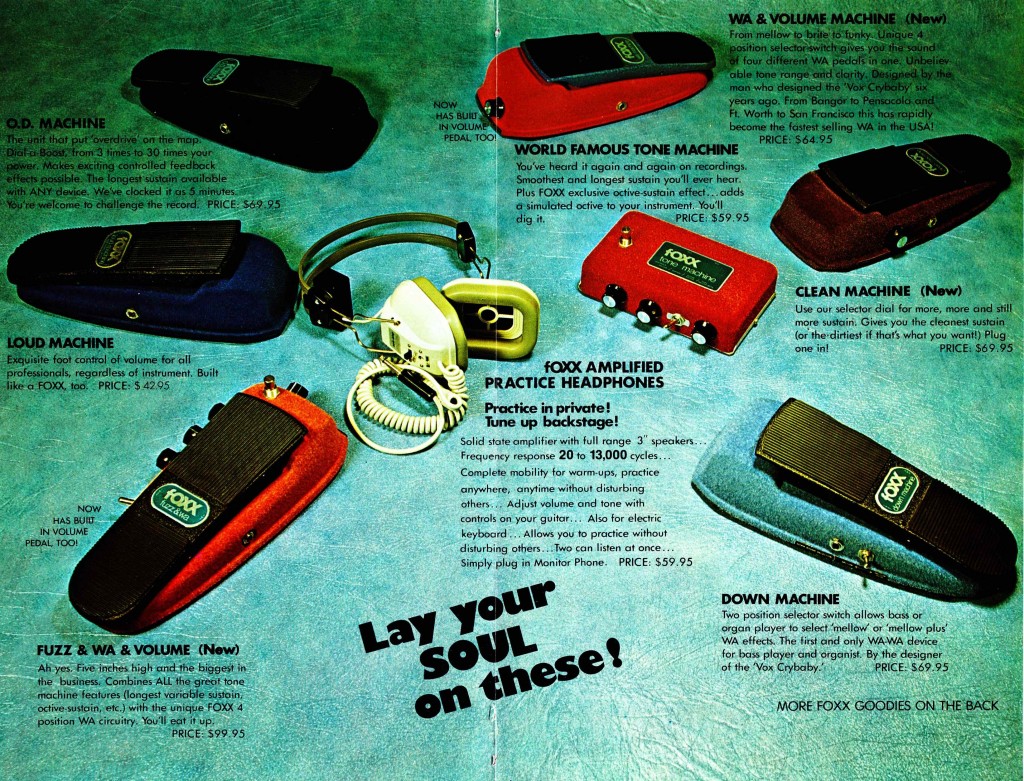
Above: a scan of the 1974 fOXX catalog: we see the O.D. Machine, the Loud Machine, the Fuzz & Wa & Volume, the Down Machine, the Clean Machine, etc…
“Fuzz so thick it grew a coat.” There’s no rule that mandates that effect pedals need to be built into painted metal boxes. Just as Kustom rallied against the tolex-hegemony with their Naugahyde-plush guitar amplifiers, fOXX was a Chatsworth, California based company that burst onto the rock scene in 1971 with a range of guitar-effects pedals that were covered in furry, fuzzy material. Shit, man, it’s a fuzz pedal, let’s cover that fukker with fuzz! There are certainly a number of secondary interpretations as well but… you can figure that out on yr own time.
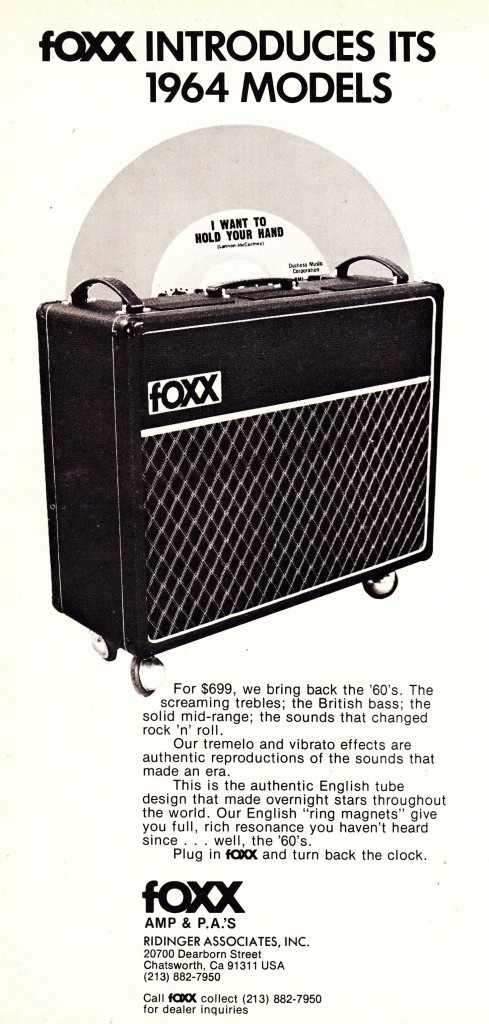 Besides the iconic fOXX pedals, fOXX also sold amplifiers. Let’s see… if you have a company named fOXX and you want to sell some amps… What other famous amp rhymes with fOXX?
Besides the iconic fOXX pedals, fOXX also sold amplifiers. Let’s see… if you have a company named fOXX and you want to sell some amps… What other famous amp rhymes with fOXX?
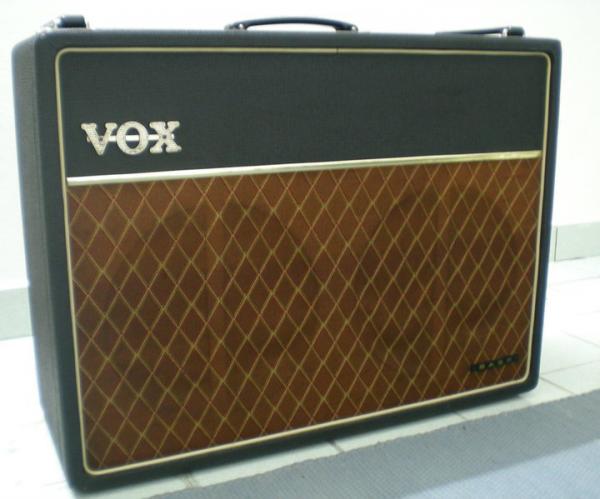 (image source)
(image source)
fOXX amps were, apparently, real Vox AC30s with a new badge attached. Read the whole story here.
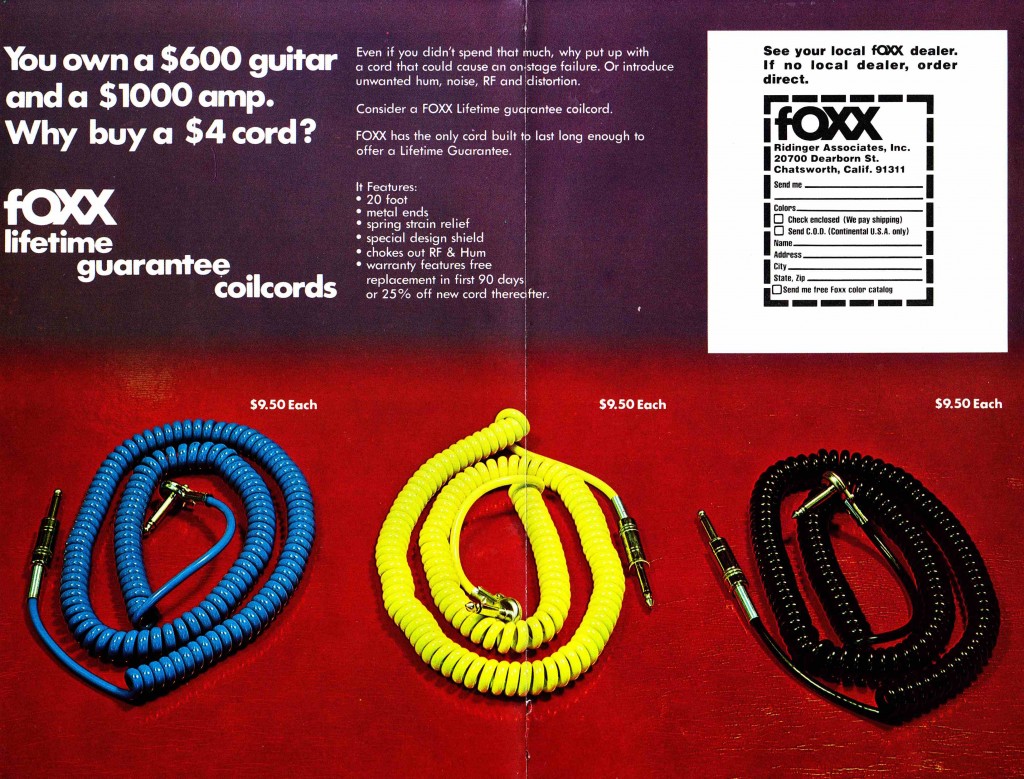 Don’t forget yr fOXX-brand coiled-cable. I really hope these weren’t furry too…stale beer sticks to ordinary rubber cables well enough; imagine its attraction to furry cables.
Don’t forget yr fOXX-brand coiled-cable. I really hope these weren’t furry too…stale beer sticks to ordinary rubber cables well enough; imagine its attraction to furry cables.


**********************************
Above: The fOXX Wa Machine, Fuzz and Wa, and Power Machine. The Power Machine is one of a largely lost category of guitar effects that were intended to be inserted directly into the instrument rather than interface with a cable. Other notable examples of this slightly awkward form-factor include the Electro Harmonix LPB-1 and the entire Dan Armstrong ‘Sound Modifiers’ line.
 The fOXX Octave Fuzz, available in five plush varieties.
The fOXX Octave Fuzz, available in five plush varieties.
fOXX is back (?), although I can’t find any indication that it’s actually the same folks responsible. Visit their website here. The reissue Tone Machine is available as a kit for $109 or ready-made for $149.
Also… you might enjoy a visit to this great fOXX Tone-Machine tribute site.
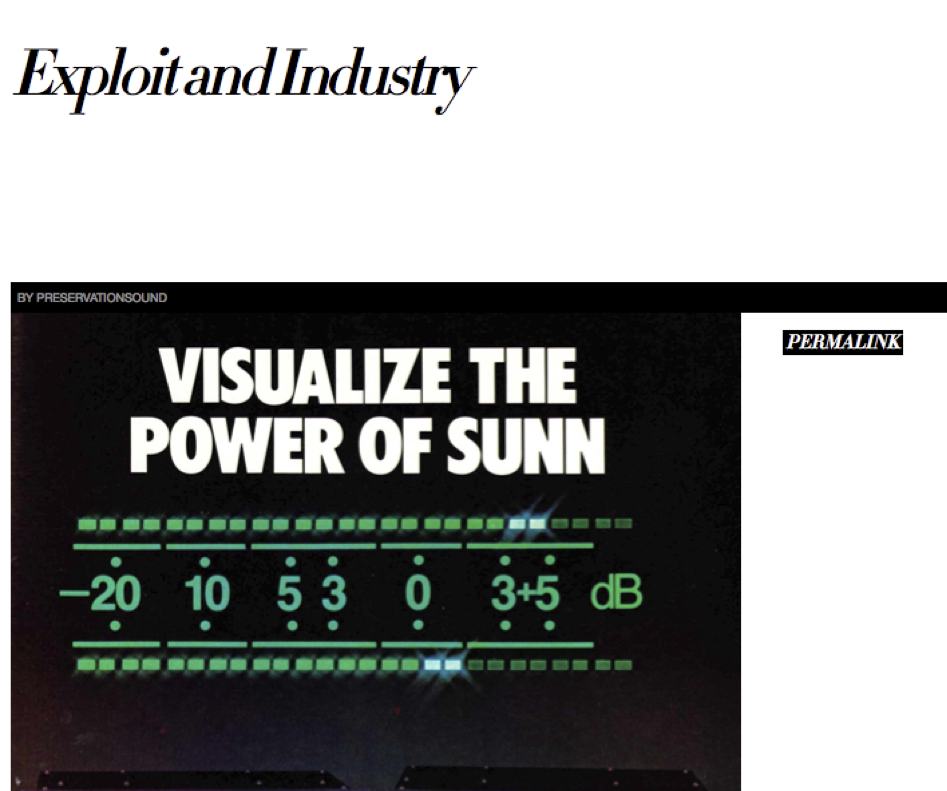 With the estate sale/ flea market season upon us, I thought it might be an interesting experiment to try a Tumblr account. I’ll be posting images, sounds, and videos of the various audio-historical related flotsam that I happen upon across this great land of ours.
With the estate sale/ flea market season upon us, I thought it might be an interesting experiment to try a Tumblr account. I’ll be posting images, sounds, and videos of the various audio-historical related flotsam that I happen upon across this great land of ours.